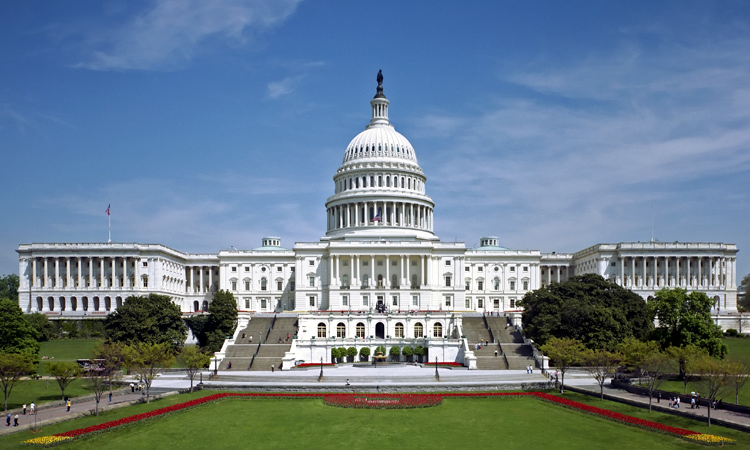The millions of civilian federal employees who may be furloughed or laid off and miss their paychecks, which could make it difficult for them to pay their rent and mortgage, are the most obvious housing-market effects of the current government shutdown.
If the shutdown continues, the housing and mortgage systems may potentially be impacted behind the scenes. Processing of federally insured or guaranteed loans slows down, and in certain situations comes to a complete stop, when agencies suspend or reduce their operations.
According to recent estimates, in programs directly associated with federal agencies, over 2,500 mortgage originations per working day could be delayed during a shutdown. Deals that depend on these lending arrangements may therefore stall, possibly permanently. Lenders handling government-insured loans have been cautioned by the Mortgage Bankers Association to anticipate lengthy delays.
Borrowers who already have the biggest obstacles to homeownership may bear the brunt of that burden.
Consumers, Buyers & Experts Uncertain of Impacts of Gov Shutdown
Given how tight the housing market is right now, it helps to grasp how harmful this interruption might be.
Renters Are Near the Edge
- In August 2025, a renter moving into a typical U.S. home would spend 28.9% of household income on rent. That’s the first time in years that renter affordability has eased below 30% — but only narrowly so.
- Nationwide, the income needed to afford a typical rent has climbed sharply. In many markets, renters now must earn $80,000 or more to keep housing costs below that 30% line.
- Since 2020, the number of U.S. metro areas where renters need six-figure incomes to be “affordable” has doubled.
Prospective Homebuyers Face Steeper Hurdles
- In many metros, the income required to afford a home (without exceeding that 30% cost threshold) has drifted out of reach for typical households.
- Meanwhile, higher mortgage rates (compared to the pre-pandemic era) have strained affordability for first-time buyers.
A Glimmer of Hope?
Existing Housing Choice Voucher payments should continue during a shutdown, but new voucher processing is probably going to be delayed. Until funding is restored, this could halt an estimated 15,000–20,000 new vouchers per month.
Slower Processing, Deferred Closings
Every day of a shutdown adds backlog to underwriting, appraisal reviews, documentation, Federal Housing Administration operations and oversight. Loans tied to federal programs will likely be the first to slow — and perhaps the last to catch up when things resume.
For homebuyers already stretched with tight budgets and slim savings, any delay in closing can mean lost escrow, inability to lock in rates, or losing the home altogether while waiting.
Program Disruption at HUD
HUD’s programs would also be hit. Furloughed staff would slow down:
- Rental assistance and housing vouchers
- Homelessness and community development grants
- Fair housing enforcement
- Oversight of public housing projects
These services frequently target low- and moderate-income groups, which include the families that currently bear the heaviest rent burden.
To read more, click here.








